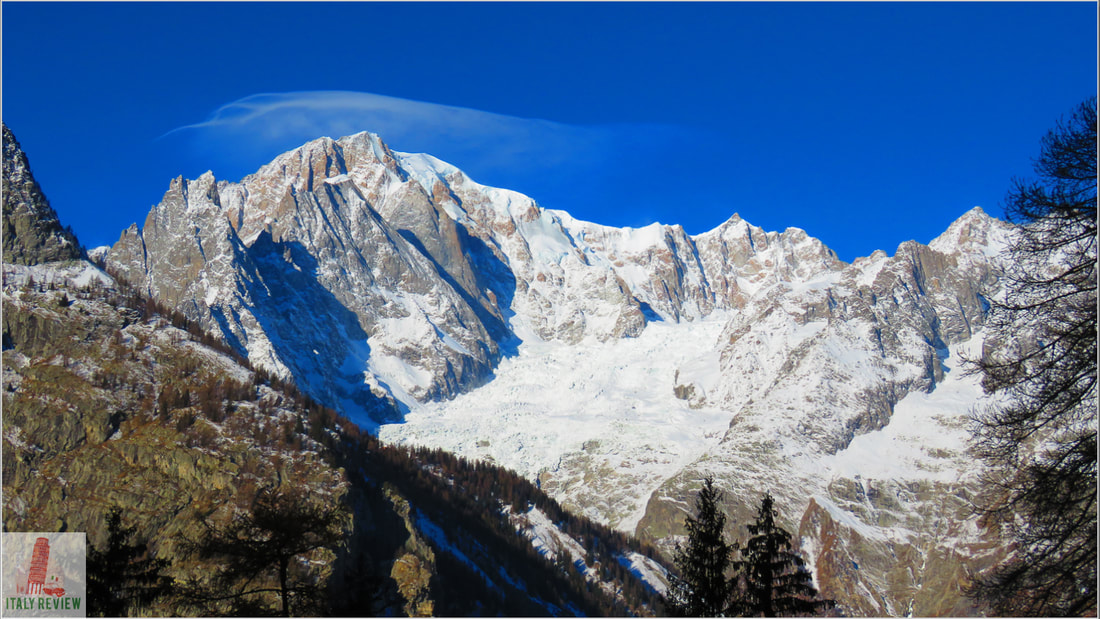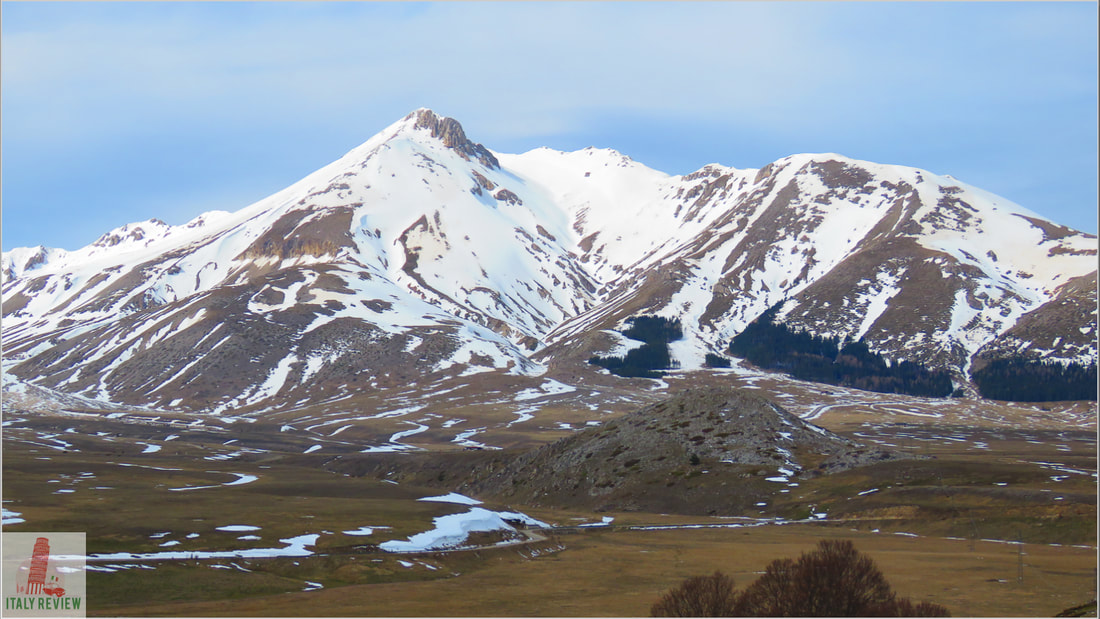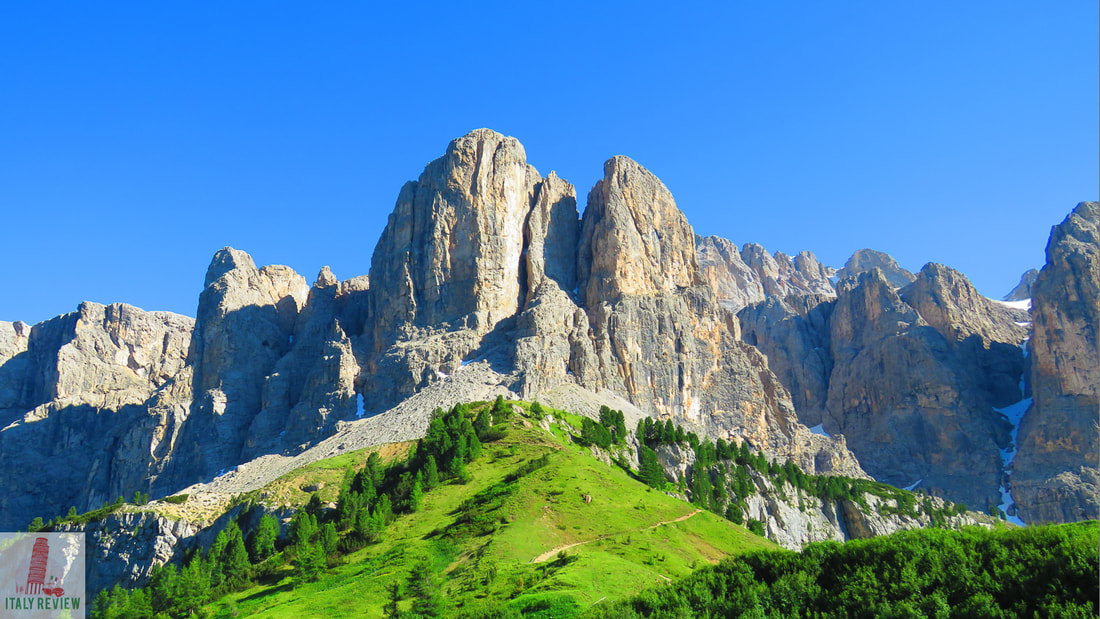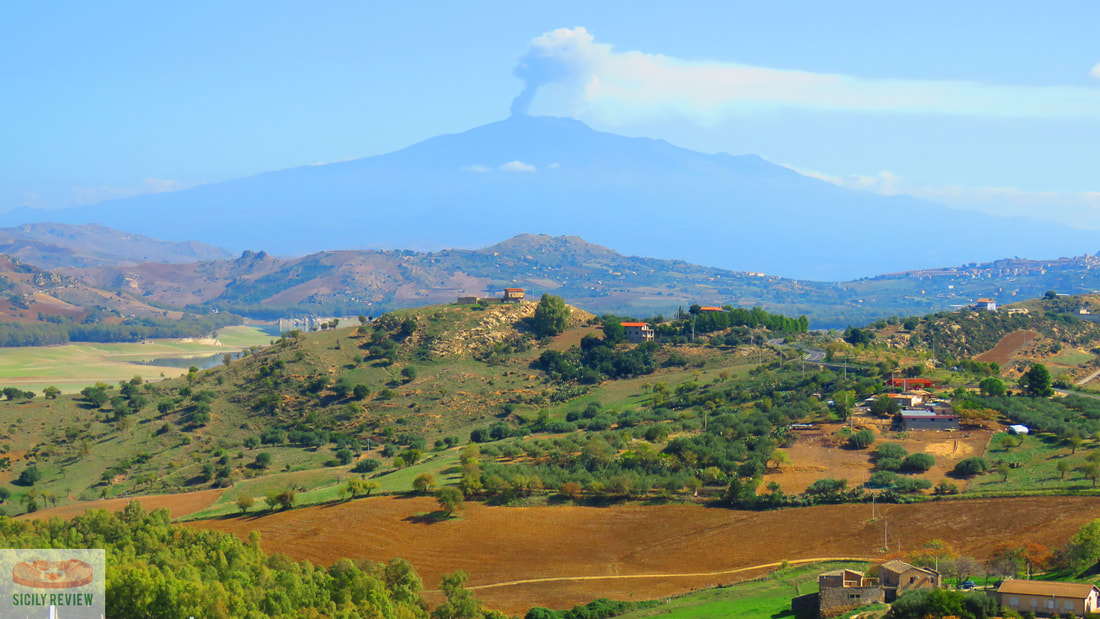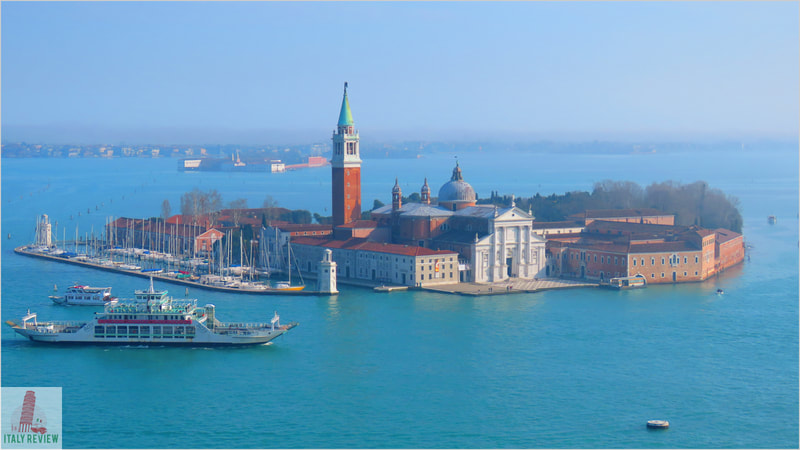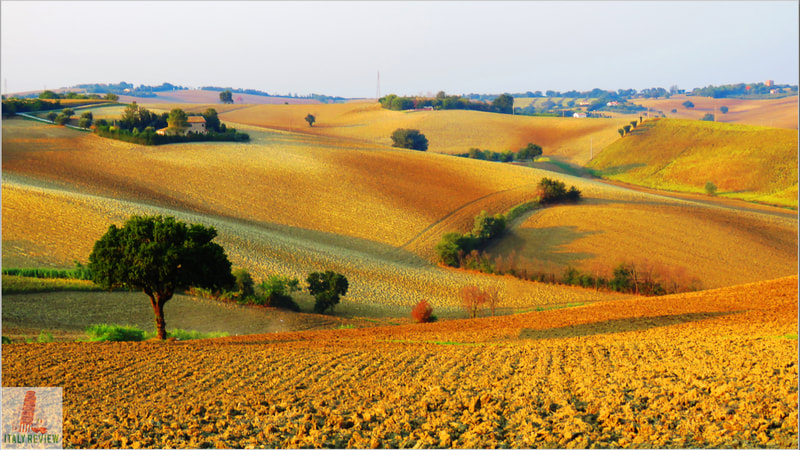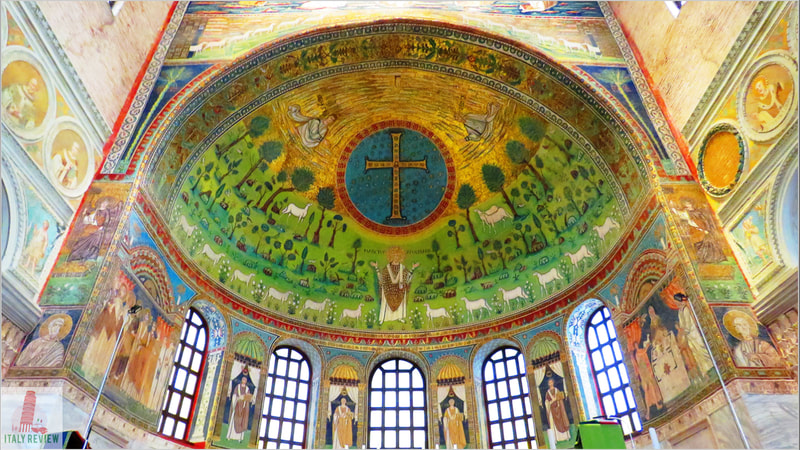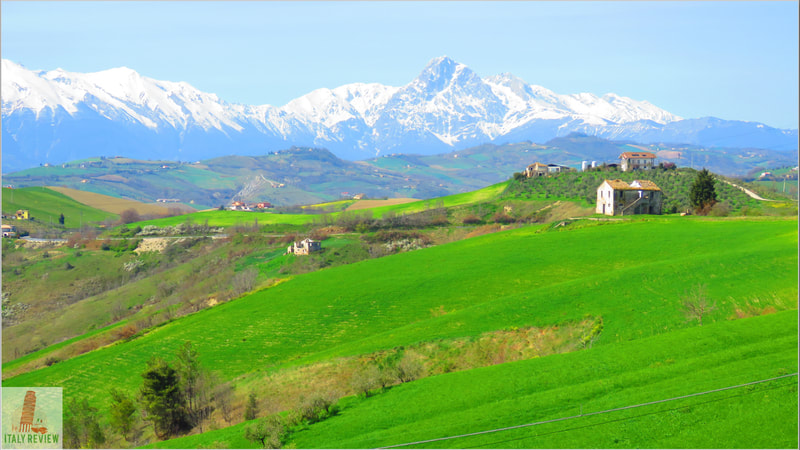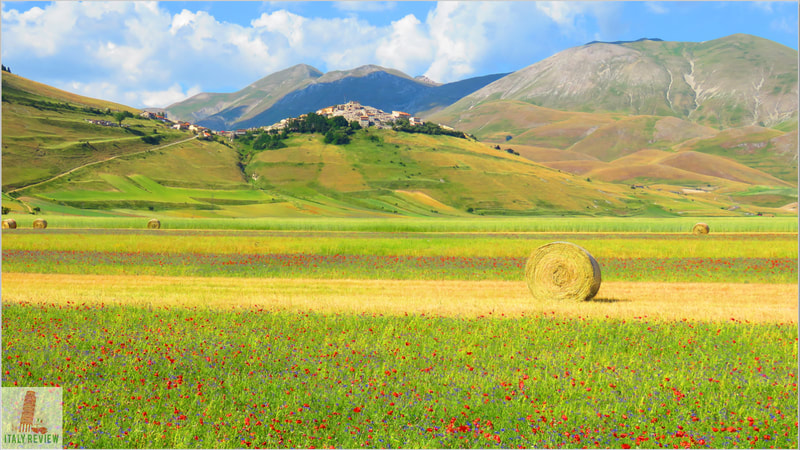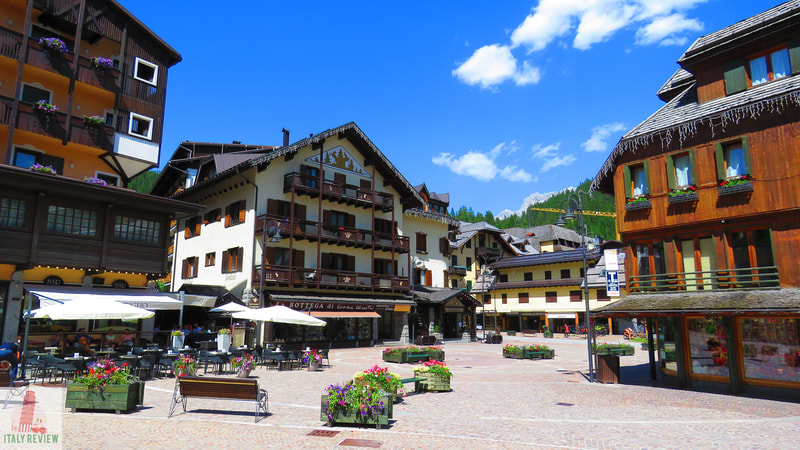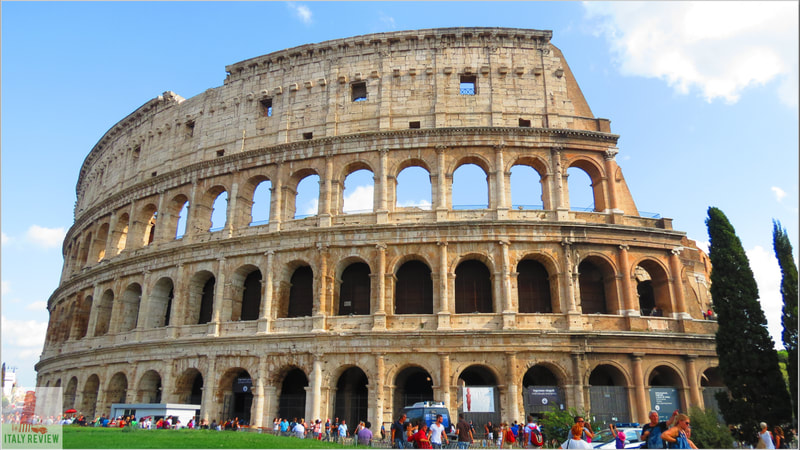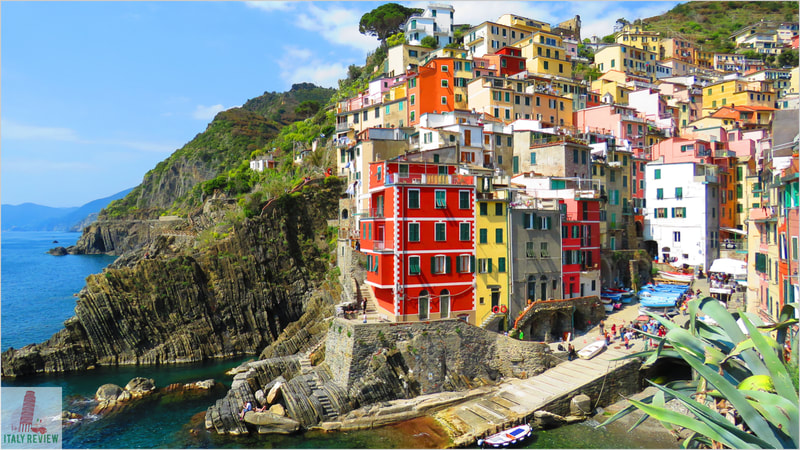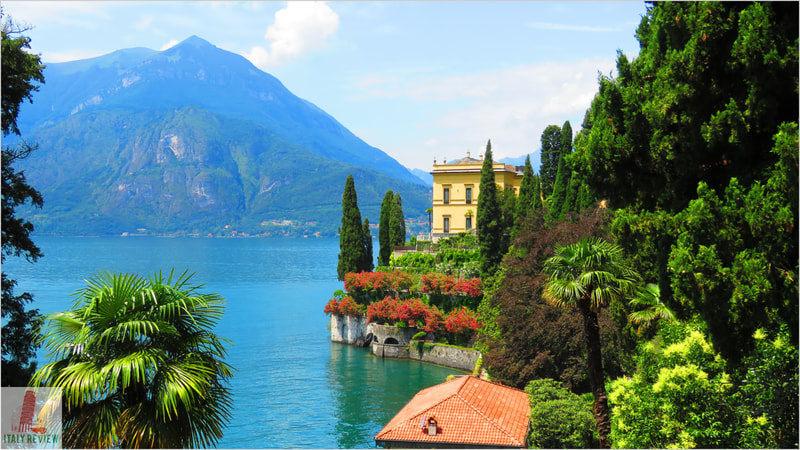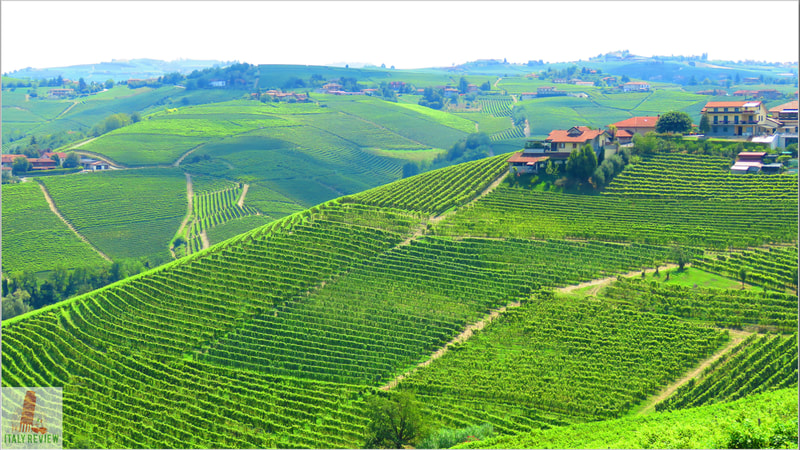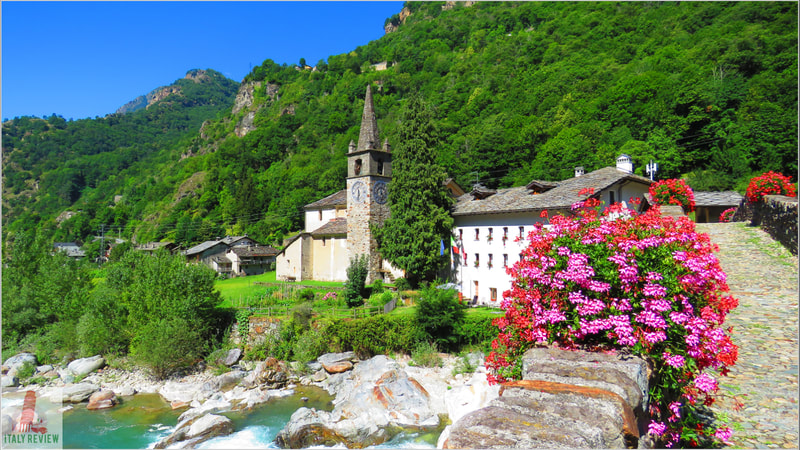Mountain Ranges of Italy
|
By Dion Protani
|
Latest update: 23 January 2024
|
|
The three main Mountain Ranges of Italy are the Italian Alps, the Apennines which form the spine of the country and the Dolomites in the north east.
There are points of crossover between the three mountain ranges, the Apennines touching the Ligurian Alps in the north west being one example while the Dolomites also form part of the Southern Limestone Alps. At 4,809 metres above sea level, the highest mountain in Italy is Monte Bianco, better known by its French name: Mont Blanc. |
Related links
The Italian Alps
The Italian Alps are perhaps the most famous of Italy's three main mountain ranges; the Alpine slopes provide some of Europe's leading ski resorts among which, Italy can count the likes of Sestriere, Madonna di Campiglio and Breuil-Cervinia to name just a few. As well as their obvious winter attractions,
The Italian Alps are hugely popular during the summer with visitors enjoying the clean, fresh air of the mountain slopes for hiking and the opportunity to swim in a series of lakes in breathtaking locations.
The Italian Alps are hugely popular during the summer with visitors enjoying the clean, fresh air of the mountain slopes for hiking and the opportunity to swim in a series of lakes in breathtaking locations.
The Apennines
Slightly less known for their leisure facilities, the Apennines nonetheless do conceal ski resorts of their own, particularly around the regions of Abruzzo, Lazio and Molise.
They stretch from one of the country to the other and even cross the Messina Strait to Sicily. The Apennines are characterised by snow-capped mountains but also mountain plains with rich vegetation. Bears and wolves are among the wildlife that call the area home while not to be missed are the dozens of hilltop villages with their stunning scenery.
They stretch from one of the country to the other and even cross the Messina Strait to Sicily. The Apennines are characterised by snow-capped mountains but also mountain plains with rich vegetation. Bears and wolves are among the wildlife that call the area home while not to be missed are the dozens of hilltop villages with their stunning scenery.
The Dolomites
Covering three regions in northern Italy, The Dolomites form a section of the Southern Limestone Alps and are spread across Veneto, Friuli Venezia Giulia and Trentino Alto-Adige.
Listed as a UNESCO World Heritage Site, the Dolomites are known fo their jagged mountain peaks, the highest of which is Marmolada with an elevation of 3,343 metres above sea level. At the foot of the serrated peaks you'll often find glacial lakes with the cleanest possible water; some of the most beautiful are Lake Carezza, Lake Landro and Lake Misurina.
Listed as a UNESCO World Heritage Site, the Dolomites are known fo their jagged mountain peaks, the highest of which is Marmolada with an elevation of 3,343 metres above sea level. At the foot of the serrated peaks you'll often find glacial lakes with the cleanest possible water; some of the most beautiful are Lake Carezza, Lake Landro and Lake Misurina.
THE ITALIAN ALPSThe Italian Alps cover the northern regions of Friuli Venezia Giulia, Valle d'Aosta, Piedmont, Trentino Alto-Adige, Lombardy, the Veneto and . Highlights include the Matterhorn and Monte Bianco.
|
THE APENNINESThe Apennines are commonly considered as the "Spine of Italy". They stretch some 750 miles from the Ligurian Alps in the north west down to Reggio Calabria in the south, close to Sicily.
|
The DolomitesThe Dolomites cover the north eastern regions of Veneto and Trentino Alto-Adige/South Tyrol. With some of the country's most spectacular scenery, the Dolomites can be visited all year round.
|
Mountains of ItalyAside from the mountain ranges detailed on this page, there are a number of mountains scattered across the country including its two most famous volcanoes: Mount Vesuvius and Mount Etna.
|

